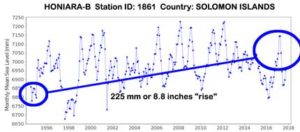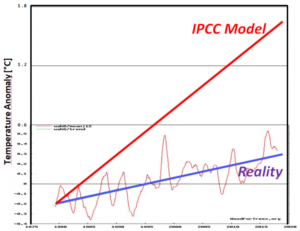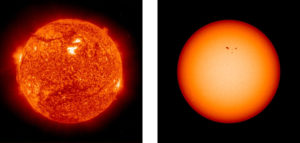by P. Homewood, July 31, 2018 in NotaLotofPeoppleKnowThat
Within the next few decades, Big Meat and Big Dairy could surpass Big Oil as the world’s biggest climate polluters, a new study by non-profit GRAIN and the Institute for Agriculture and Trade Policy (IATP) showed on Wednesday.
The world’s biggest animal protein producers could soon surpass ExxonMobil, Shell, and BP as the largest contributors to climate pollution, according to the study.
IATP and GRAIN jointly published the study that quantifies emissions from 35 of the world’s largest meat and dairy companies and reviews their plans to fight climate change.
The report found out that the five largest meat and dairy corporations combined – JBS, Tyson, Cargill, Dairy Farmers of America, and Fonterra – are already responsible for more annual greenhouse gas emissions than ExxonMobil, Shell, or BP. According to one figure in the report, the combined emissions of the top five companies are on par with those of Exxon and significantly higher than those of Shell or BP.








